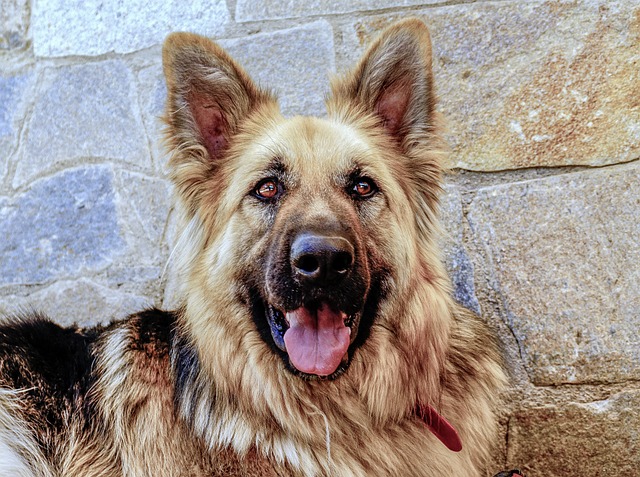Introduction: Dogs may exhibit various behaviors indicating discomfort around their anal area, such as scooting or excessive licking. These signs could be indicative of anal gland issues, a common problem faced by dogs. This guide aims to provide insights into the causes, treatment, and prevention of anal gland problems.
Why Do Dogs Experience Anal Gland Problems? Anal glands, also known as anal sacs, are small pouches of tissue located near a dog’s anus. They secrete an oily, pungent substance used for scent marking and identification. Normally, dogs naturally express these glands during defecation. However, issues arise when the material is not released properly. This can occur due to various reasons, including soft stool, increased fluid production, or anatomical factors specific to the dog. As a result, dogs may experience discomfort and exhibit behaviors like scooting or tail chasing.
Treatment:
- Manual Expression:
- This process involves gently squeezing the anal area to release the fluid from the anal sacs.
- It’s recommended to learn this technique from a veterinarian or veterinary nurse to ensure proper execution.
- There are two methods: external and internal. The internal method is more effective, especially for thickened fluid.
- Professional Assistance:
- Many dog owners opt to have a professional, like a veterinarian or vet tech, perform anal gland expression due to its unpleasant nature.
- Seek Veterinary Attention:
- If the anal area appears inflamed, painful, or shows signs of infection, it’s crucial to consult a veterinarian for proper treatment.
Prevention:
- Regular Bowel Movements:
- Encourage a balanced diet that promotes regular, firm bowel movements, as this aids in natural anal gland expression.
- Dietary Adjustments:
- In cases of recurrent anal gland issues, consult a veterinarian about potential food allergies or intolerances that may be contributing to soft stool consistency.
- Professional Guidance:
- Seek advice from a veterinarian on creating a balanced and appropriate diet to address any potential food sensitivities.
- Routine Anal Gland Expression:
- For some dogs, especially those prone to anal gland problems, regular manual expression may be necessary as a preventive measure.
Conclusion: Understanding and addressing anal gland problems in dogs is crucial for their comfort and well-being. By recognizing the signs, seeking professional help for treatment, and implementing preventive measures, dog owners can ensure their furry companions lead happy, healthy lives, free from the discomfort associated with anal gland issues. Regular veterinary check-ups and open communication with a trusted veterinarian are key in maintaining a dog’s overall health.



